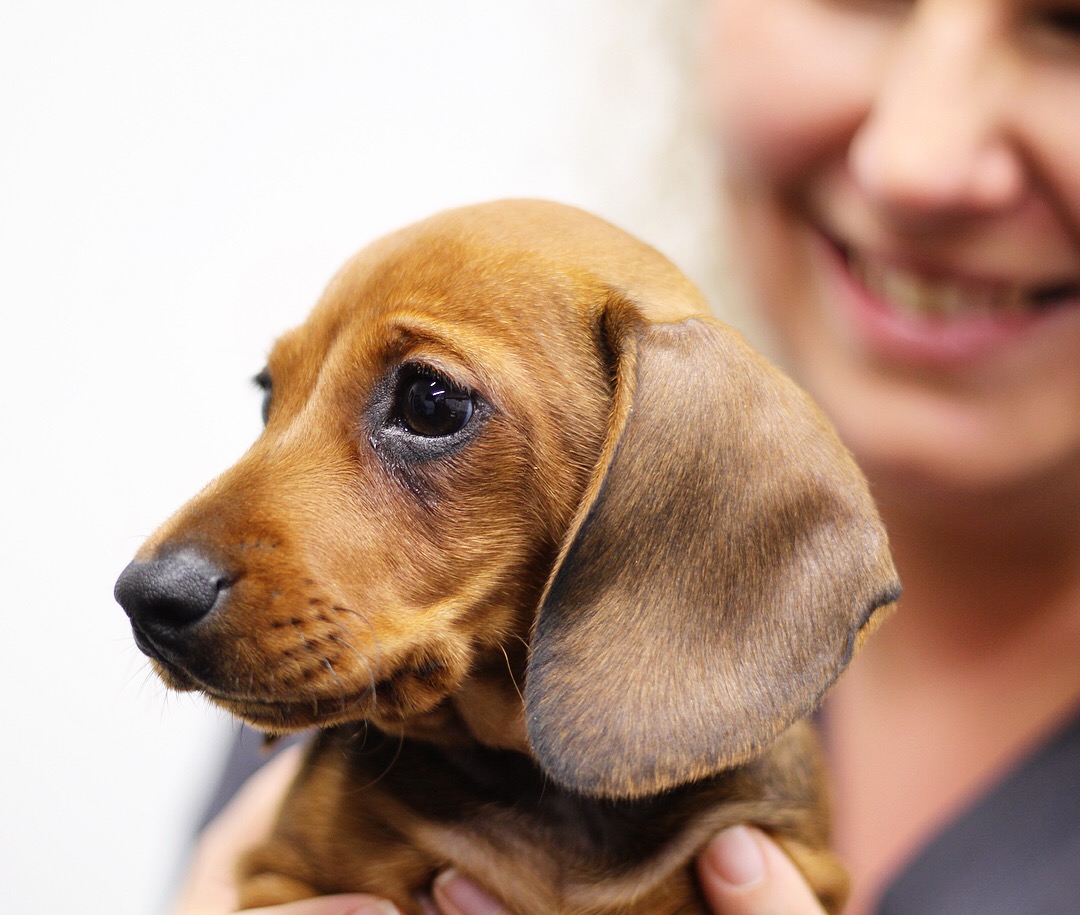De sexing refers to the process of castration (removing the animal’s testicles of male animals) or spaying (ovariohysterectomy – removing uterus and ovaries of female animals).
The information on the internet is varied and while some information is correct there is a lot of hype and poorly researched information on the web as well.
In cats the benefits to desexing far outweigh the possible issues, the most common of these is obesity which can be controlled with correct diet. Entire males roam, urine mark, fight with other cats and are at higher risk of being in road accidents due to the territory they patrol. Entire females are reflex ovulators (meaning they ovulate every time they are mated) this results in a high percentage of unwanted pregnancies and therefore a high kitten population that will then require a safe and loving home. Rescue facilities are inundated with unwanted cats and kittens, strays are a risk to our native bird population. Medically, spaying a female cat greatly reduces the risk of mammary cancer and uterine infections which are both potentially fatal.
There is more controversy surrounding the desexing of dogs currently on the web. In female dogs desexing will reduce the risk of mammary cancer significantly and prevent uterine infection. In male dogs, prostate issues are reduced by castration and the dog is less likely to roam. In both cases, obesity is possible and should be closely managed with correct diet.
Current research is indicating that in dogs desexing should be delayed in some instances. For example; large breed male dogs are more likely to suffer from cruciate rupture (knee ligament rupture) and the risk appears to be reduced when castration is delayed until after puberty (9 – 12 months)
In most cases desexing at 6 months of age is still the best option for our pets but it is not a “one size fits all” scenario. We strongly advise that owners make time in their puppy or kitten vaccinations to discuss the best option with one of our veterinarians or make a separate appointment with older animals so that we can plan the most suitable option for your pet.

